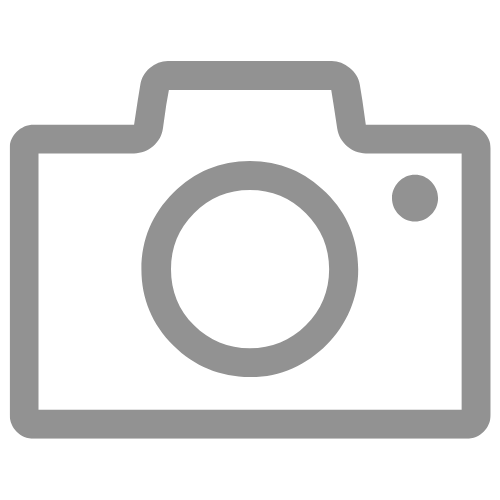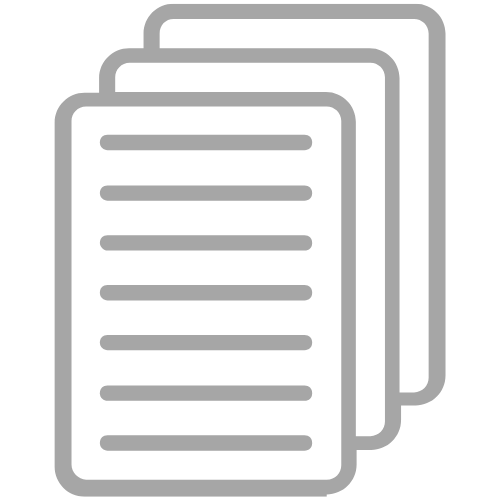Seeking a new product manager position? Then it’s time to start gearing up for interviews — and that includes mulling over the potential questions you’ll be asked.
There are certain universal questions that are standard in job interviews. Questions like, “Why do you want to work here?” and “What is your greatest weakness?” are likely to come up regardless of the role.
But, if you're applying for product manager positions, there are some common role-specific questions that you'll also need to be ready for.
So, to help you knock your product manager interview out of the park, in this article we'll be covering:
- Questions you should expect in a product manager interview
- 3 common types of product manager interview questions (and how to respond)
- General interview tips & best practices
Let’s dive in…
Questions You Can Expect In A Product Manager Interview
As mentioned above, a product manager interview will likely consist of both general questions and specific PM-related questions. This article will be focused on the latter. So, as a primer to help you prepare for general job interview questions, be sure to check out the following resources:
- 20+ Phone Interview Questions & Answers
- How To Answer Situational Interview Questions
- How To Answer Problem Solving Interview Questions
Turning to role-specific product management questions, there are 3 classic categories you’ll want to pay close attention to:
- Product Design Questions
- Product Improvement Questions
- Behavioral Questions
With that in mind, let’s break down each of those 3 question categories using examples and frameworks for how to tackle your response…
3 Common Types of Product Manager Interview Questions (And How To Respond)
In this section, we’ll walk through product design, product improvement, and behavioral questions by explaining what they are, providing question examples, then outlining a replicable methodology for crafting a stellar answer.
#1: Product Design Questions
Product design questions test your ability to creatively design products for maximal usability and impact. They usually follow the format of ‘Design X Product for Y User.’ Here are some examples:
- Design a pen for an astronaut
- Design a phone for a deaf person
- Design a clock for the vision-impaired
To answer product design questions, you can use the ‘BUS’ formula to structure your response. The three steps of the BUS formula are:
a) Business Objective. Before you dive into brainstorming product features, you need to lay some groundwork by identifying the underlying business goal(s). You may need to ask the interviewer some clarifying questions about the target user base, the business situation at hand, etc.
b) User Problems. Once you’ve pinned down the business objective, you can then start compiling a list of problems the target user might be experiencing. As you come up with different problems, prioritize them based on their magnitude.
c) Solutions. With your business objective and user problems in place, you can then begin brainstorming product features that address the user problems. Prioritize the potential solutions in terms of their efficacy and ease of implementation and discuss any tradeoffs (i.e. pros and cons). Finally, conclude by summarizing everything you’ve covered.
#2: Product Improvement Questions
Product improvement questions are similar to design questions, but instead of starting from scratch, you’ll be working on an existing (usually well-known) product. Often, it’ll be a product that’s owned by the company you’re interviewing at, so you need to be very well-versed in their offerings.
- Some examples of product improvement questions include:
- How would you improve Instagram?
- How would you improve YouTube?
What’s one of your favorite apps and how would you improve it?
To formulate your answer to product improvement questions, you can use the same BUS formula that we outlined above — but with some additional considerations, which we’ll explore below:
a) Business Objective. Building on the notions from the previous section, when defining the business goal(s) and asking any clarifying questions, you’ll need to make sure you have a solid understanding of the product before proceeding. You should also confirm which metrics you’ll be focusing on (e.g. user satisfaction, revenue, etc.)
b) User Problems. Many products have multiple user segments. For example, Instagram has passive users who mainly consume content, influencers who regularly publish content and seek to grow their audience, and advertisers who utilize paid promotion. So, before compiling a list of user problems, you’ll need to specify which users you’re targeting.
c) Solutions. As with product design questions, the third step is to brainstorm product features that address/resolve the user problems you came up with. Discuss the prioritization of the features along with any tradeoffs to be considered. Lastly, conclude with a summary of your statements.
#3: Behavioral Questions
Switching gears, behavioral questions aim to uncover how you act in various professional situations. They often start with, “Tell me about a time…” followed by a work scenario you’ve likely encountered at some point. Examples include:
- Tell me about a mistake you made and how you addressed it.
- Tell me about a time you disagreed with management regarding a product.
- Tell me about a challenging decision you’ve had to make as a product manager.
Now, instead of the BUS formula, for behavioral questions you’ll want to go with the STAR formula:
a) Situation. Set the scene by providing relevant background details. Touch on the company, the team, your role, etc. Remember, you’re telling a story, so treat it as such. b) Task. Every good story contains a conflict that needs to be resolved. Explain the objective or challenge you were faced with. Why was it important? What was at stake? How were others perceiving the situation?
b) Action. This is your time to shine (but avoid boasting). Showcase how you navigated the challenge/conflict by walking through the specific steps you took to address it. Strive to be clear, concise, confident.
c) Result. Once you’ve explained your actions, it’s important to highlight the final outcome(s) in a concrete way. If applicable, always strive to include tangible metrics to quantify the results.
General Interview Tips
We’ve now covered two systematic frameworks (BUS and STAR) to help you craft responses to 3 of the most common product manager interview questions — ultimately getting you one step closer to that sweet job offer!
But there are plenty of other pieces in the ‘interview puzzle’ that you’ll need to prepare for as well. For additional tips to help you ace the interview process from A to Z, be sure to check out How Top Performers Prepare For Job Interviews. And, finally, to learn my unconventional strategy for landing great jobs without applying online, check out my ultimate guides on Value Validation Projects and How To Get A Job Anywhere Without Applying Online!



























